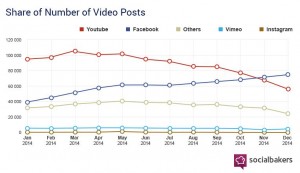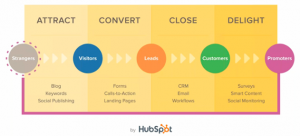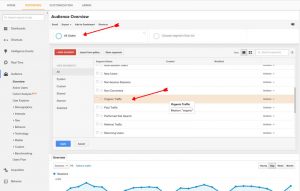Last week we talked about the upcoming Instagram insights feature and this week we are getting more into detail about the Instagram algorithm update and its impact on brands and end-users.

The bright side of the new Instagram algorithm change
Instagram has been preparing its users for a feed algorithm change since March this year. The new Instagram experience is going to be rolled out worldwide by the end of the month.
So how is it going to work?
Similar to the complicated Facebook news feed algorithm, the Instagram feed will rank your posts higher in your Followers’ feeds based on:
- Timing: How recently your photo/video has been shared.
- Engagement: The amount of likes and comments your post generated.
- Previous interactions: How often the person interacted with your posts in the past.
“Posts you’re likely to care about most will appear higher in your feed” is how Instagram explains the new post order logic.
But if we look at it from brands’ point of view, it doesn’t sounds that scary at all. If we paraphrase the quote above, wouldn’t it mean that your posts will be showed to people who are “likely to care about your posts the most”? Sounds good to us! After all, one of the social media marketing goals is reaching the right people. Marketers dream of reaching people who engage and interact with the brand, and those who appear to be most passionate about the content you share.
Of course, there are some shortcomings.
Are Instagram’s continuous efforts to improve user experience turning against them?
The announcement of the huge Instagram algorithm update is raising an avalanche of negativity coming from end-users. Below are some of the comments found under the announcement article posted last Thursday on Instagram’s blog:
“This is a horrible feature to force on loyal users. I used to love Instagram, but things like this are turning it into Facebook. I plan on abandoning Instagram once this new “feature” ruins my feed.”
“While I’m sure the good folks at Instagram want the best for me, I don’t need their help when it comes to deciding what I should see on the internet.”
“I have to say that this is the worst idea that Instagram has ever had.”
“This is like what YouTube has done in recent years, putting all the focus on big creators and popular content, what some kind of algorithm system believes you want to see, making it harder for smaller content makers to get noticed.”
Some already find glitches in the new feed:
“For whatever reason, despite a history of almost never liking people’s pictures of food but almost always liking pics of dogs, selfies, cool events, etc.,… today when I logged on, I had to scroll through about 35 pictures of F****** FOOD before I saw a single post I actually cared about. “
Others think of ways to reverse the Instagram algorithm change:
“Please enable an opt-out toggle in the app settings for those who want the old reverse chronological feed.”
“Make this go away or create an opt out feature. This is awful.”
“There’s ‘turn on post notifications’ for a reason…you know… so you can be notified for when a user you care about posts??”
Conclusion
It is not easy to manage a network with over 400 million monthly active users and make everyone happy. Instagram officials state that they will continue their efforts to improve the end-user experience and take into consideration both positive and negative feedback they receive.
Instagram users are going to need time to adapt to the changes. And brands will have to stay up-to-date with the Instagram feed algorithm updates. Strategies will need to be adapted. Best times for posting will need to be tested. And new ways of encouraging followers to engage and interact should be discovered.
Learn more about how feed works on Instagram in the Instagram Help Center.
Stay tuned for our next article on how to adapt your Instagram marketing strategy in line with the new changes.
Digital & Social Articles on Business 2 Community(47)
Report Post







